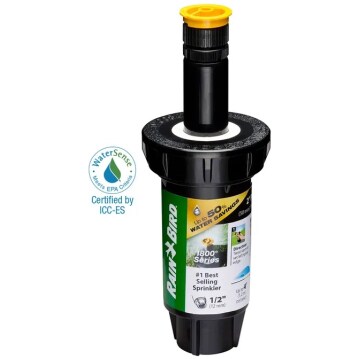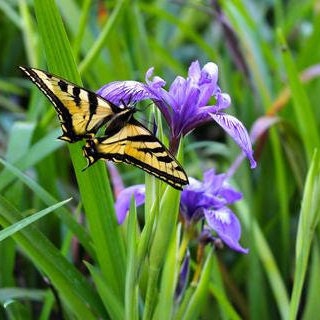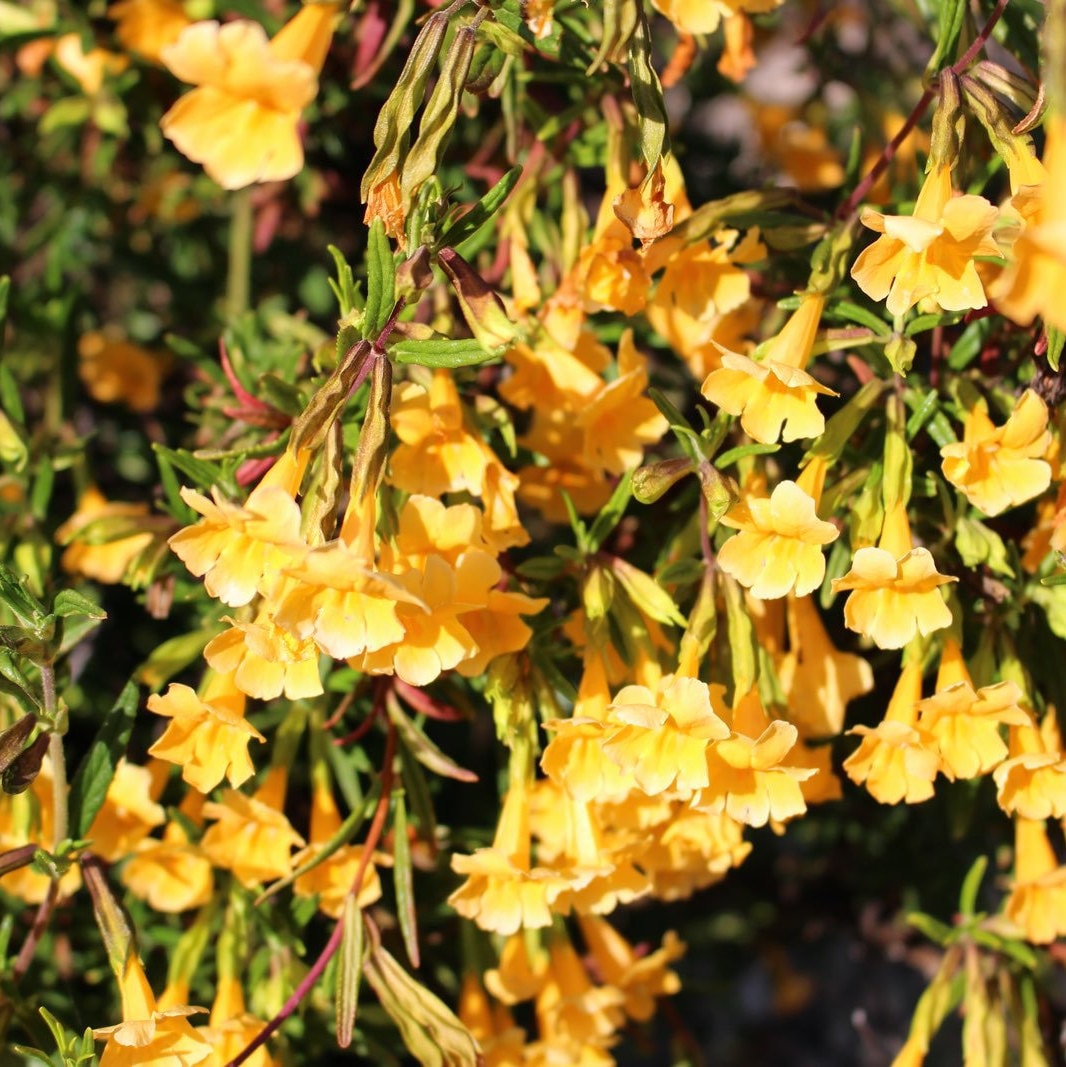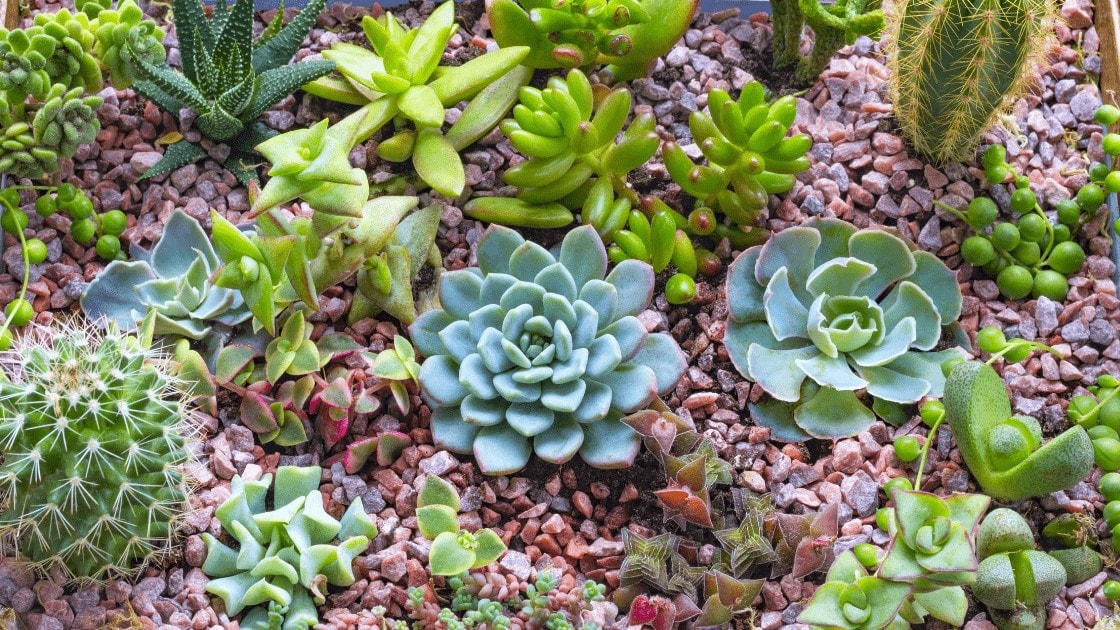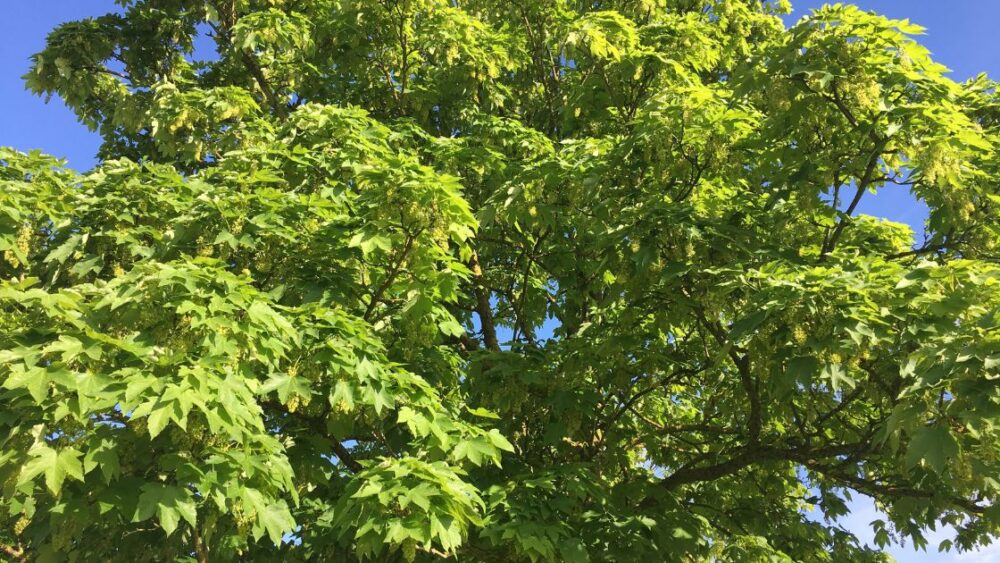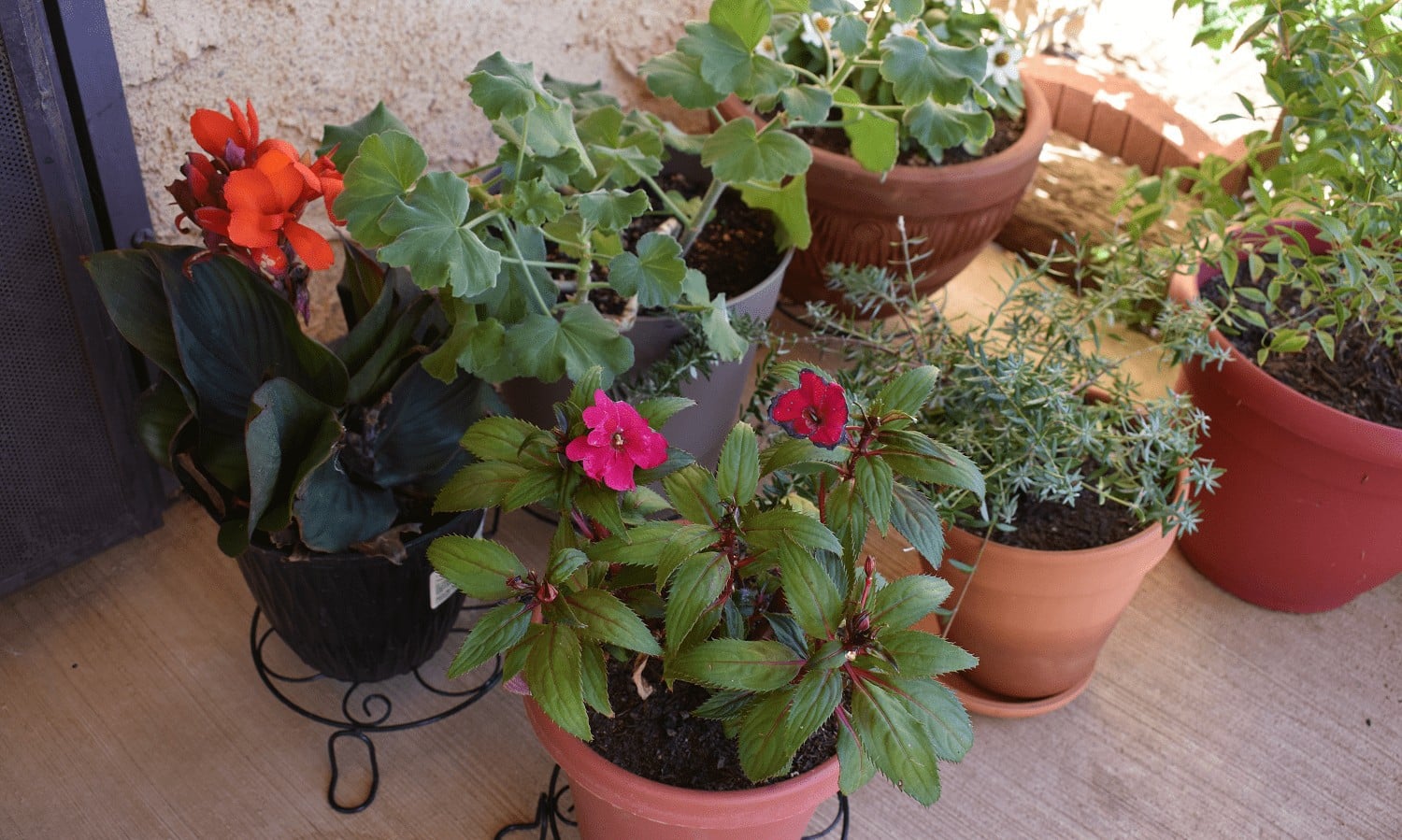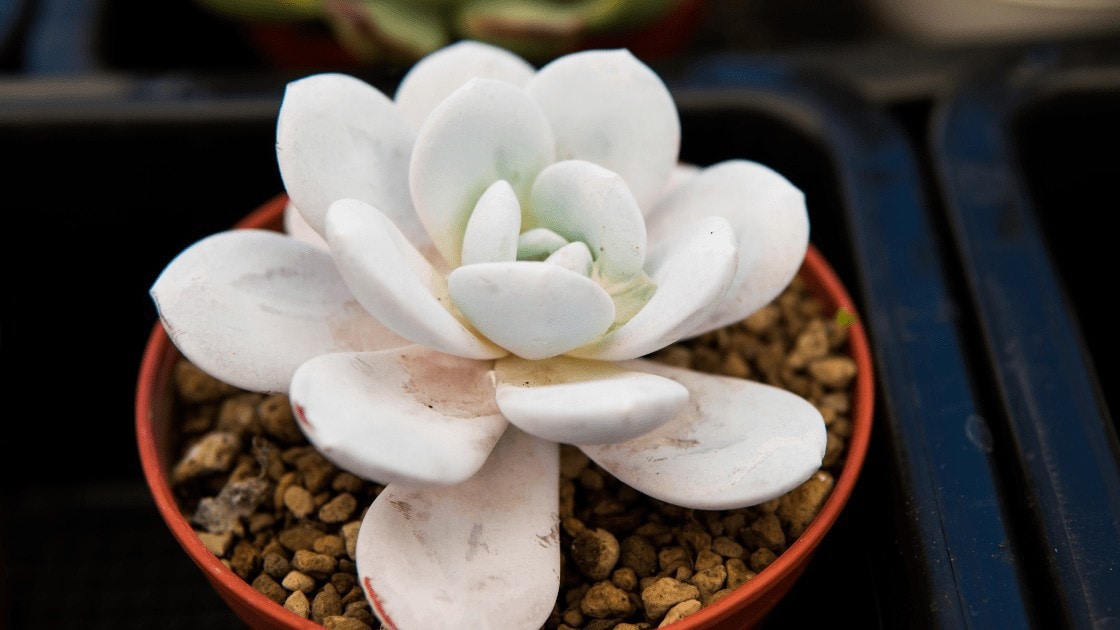Gardeners who seek to enhance their gardens’ value as habitats are often amateur naturalists wishing to integrate nature into their daily lives. The fleeting beauty of California’s native annual wildflowers best describes the state’s magnificent natural features. Each plant’s life cycle is well adapted to our environment and the requirements of our wild animals. The Mojave and Sonoran deserts, the Sierra Nevada, and the Cascade Mountains are just a few places in California where you can find some of the usual wildflowers. In this article, we will discuss 8 common types of wildflowers found in California and when they bloom.
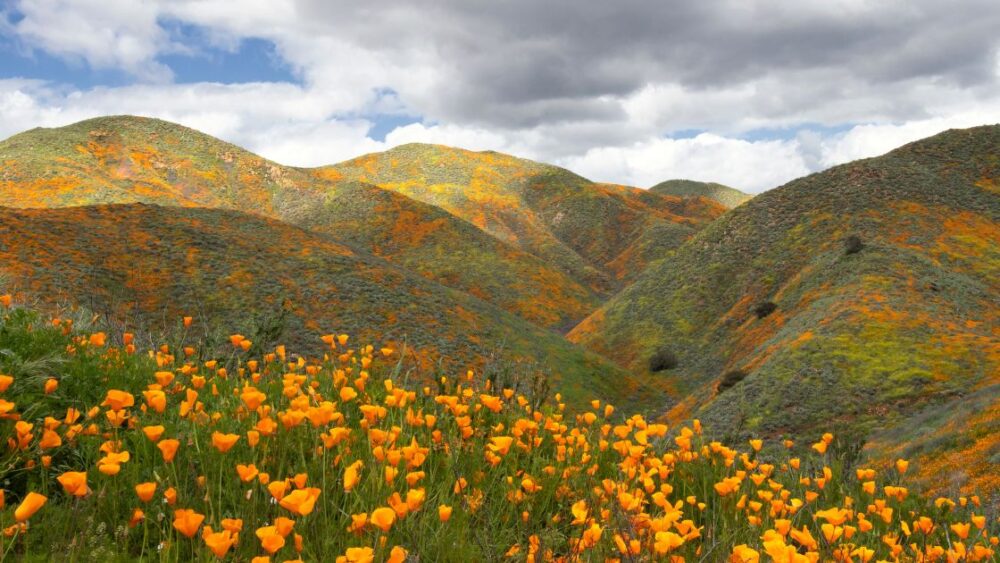
For more information on wildflower seeds, checkout this article: Do Wildflower Seeds Grow if I Throw Them on the Ground?
Abronia nana (Dwarf Sand Verbena)
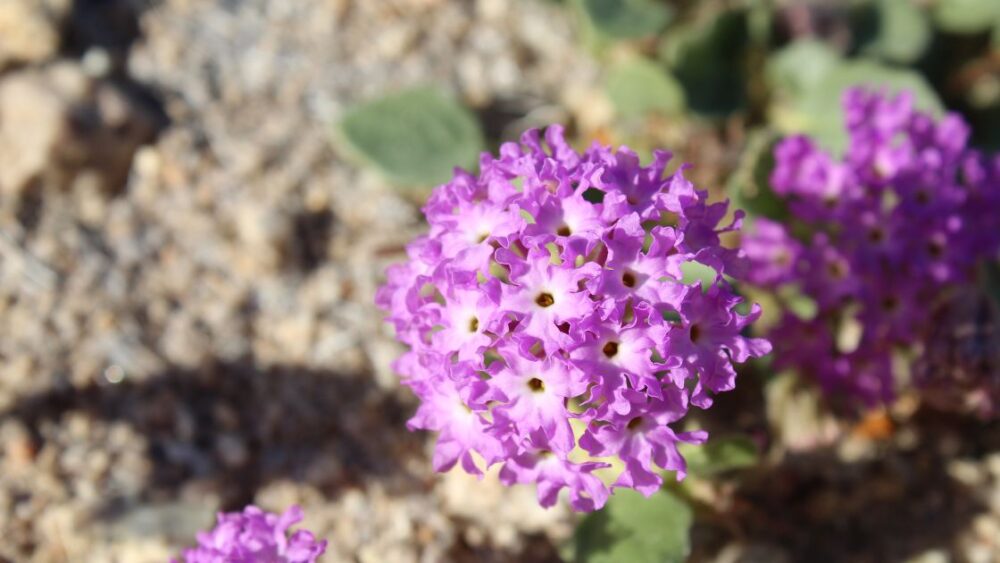
Abronia nana grows compact, spherical flower clusters with somewhere between six and several dozen heads, like all other species in this genus. Each bloom has five lobes separated at the top end to about half its length. They range from virtually white to pale pink and have a diameter of about a quarter of an inch.
Browse our Affiliate Products
Edges of lobes are erratic. A ring of thin, oval- or lance-shaped bracts about a third of an inch long surrounds the flower cluster. The petiolate leaves and flower stalks of plants grow from the base; they lack a stem. Both smooth and mild glandular hair can be seen on leaf surfaces and flower stalks.
Season of bloom:
The best time to see Abronia nana is from April to September.
Also for more information on other types of California wildflowers, check out this article @ openspacetrust.org. 10 Common California Wildflowers and Where to Find Them
Other types of California wildflower
Abutilon Palmeri ( Palmer’s Indian Mallow)
Abutilon Palmeri is a rare species found only on hills in the Sonoran Desert and the Peninsular ranges to the West. The plants can reach heights of 6 feet or more and produce a huge number of spherical leaves with silvery appearances because of a thick layer of short, velvety, star-shaped hairs. The hair on the stems and buds is similar. Five orange petals make up each flower, which has a one-inch-diameter cup-shaped shape when they neatly overlap to nearly half their width.
An array of red-topped stamens and a ring of stigmas are in the center. Only after the blossom is beginning to wither are the five-pointed green sepals underneath visible from above. Fruits have chambers that are wedge-shaped and spherical.
Season of bloom:
You can see Abutilon Palmeri best between April and May.
Acamptopappus sphaerocephalus (Rayless Goldenhead)
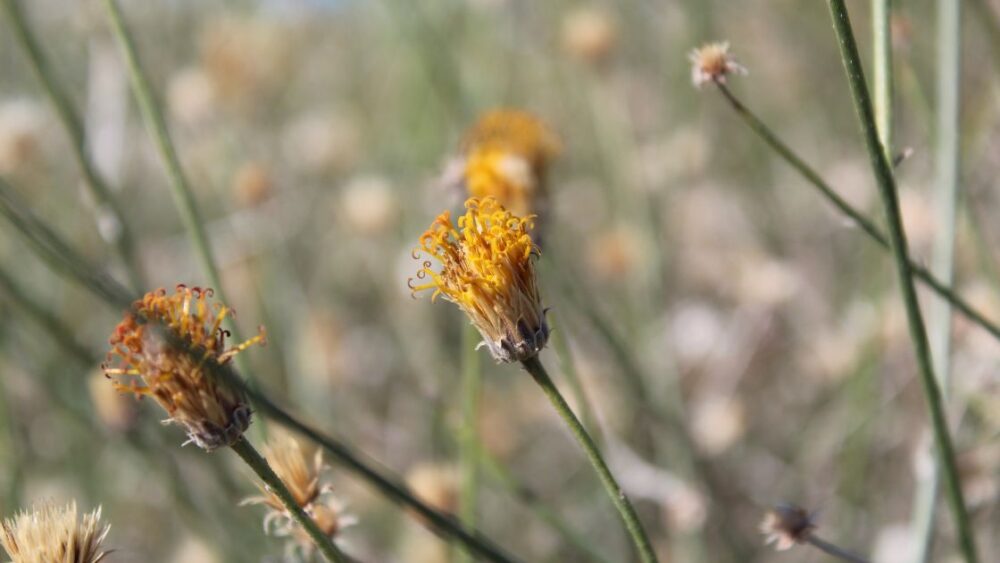
Only one of the two species in this genus, Acamptopappus sphaerocephalus, is found in the desert regions of California, Nevada, southern Arizona, and some locations farther north along the Colorado River corridor. Only disc florets, ranging from 13 to 27, are present in flowerheads produced in huge quantities in open, flat-topped clusters. Five pale yellow lobes make up florets centered on a column of fused style and anthers. The small ovate involucre, globe-shaped and approximately a third of an inch across, is surrounded by numerous rows of these phyllaries, which are primarily light green but turn yellowish at the base.
Stems branch abundantly, either vertically or at an angle. Young stems are pale green, but older stems become woody and have greyish, shredding bark. The leaves are basic, short, and narrow, with opposing angled upwards.
Season of bloom:
Acamptopappus sphaerocephalus can be found from March to June in desert regions of California.
Achillea millefolium (Common Yarrow)
One of the most prevalent wildflowers in the West, Achillea millefolium, can be found in various habitats, from dry to moist, low to high, and from sea level to the Alpine zone of the main mountain ranges. Each branch’s apex is capped by a flattish cluster of little white flowers with three and five-ray florets surrounding a core of yellow disc florets. Stems are robust and inflexible, branching slightly toward the top (10 to 30).
Check out etsy.com common yarrow seed selection by clicking here: Common Yarrow
Season of bloom:
Achillea millefolium blooms at its best from March to October. Plants’ blooms are pink throughout the flowering stage, but their petals turn pinkish when they mature, and their centers become brown. As stems age, they turn woody. The plant is an aromatic herb that has been utilized for several things for a long time, including medicine and insecticide.
Achyronychia cooperi (Frost-Mat)
The only species of the monotypic genus Achyronychia, Achyronychia cooperi, is found in the Mojave and Sonoran deserts, primarily in California, but also in nearby regions of west Arizona and far south Nevada. With five greenish-white sepals held upright to form a cup-shaped flower, up to 20 thread-like stamens, the majority of which are sterile (staminodes), and a two-lobed style, the flowers are tiny in comparison to the foliage. They are only around 0.1 inches wide. No petals are present. At the leaf nodes, flowers develop in 20–60 head clusters.
Usually growing along the ground, stems are about 6 inches long and may or may not be lightly haired. From their base, plants produce several stems that branch out in all directions. The leaves are thick, hairless, and broadest above the middle. At the base, they bear two tiny stipules and a faint midvein.
For more information on another type of cooperi (ice plant), check out this article: Can You Grow Ice Plants In Containers? Delosperma Growing Guide
Season of bloom:
Athyronychia cooperi blooms best between January to May.
Acmispon americanus (Spanish Clover)
The range of Acmispon americanus extends north into Canada and east into Arizona. However, the species is most common in southern and central California, with distinct populations also documented in the Great Plains.
The stems and leaves are covered in relatively long hairs (particularly beneath), with the leaflets occasionally being simple but typically trifoliate. Older stems, however, tend to become glabrous. The base of leaves has stipules that resemble glands.
Solitary flowers with hairy, half-inch-long pedicels bloom from the highest leaf nodes. Typically white, petals can have yellow or pink undertones. The wing and keel petals are similar in size, while the bigger banner petal, held at a 90-degree angle, is larger and has darker veins running through it. Up to 1.3 inches long, the pods have four to eight seeds each.
Season of bloom:
The best time to see Acmispon americanus is from May to October.
Aconitum columbianum (Columbian Monkshood)

Aconitum columbianum has hood-shaped flowers that range in hue from light blue to dark purple, or much less frequently, yellow or white. Most of the flower’s five sepals are visible; the highest, or “hood,” bends upward and away from the side sepals, while the lower two are thinner. The sepals cover the five considerably tiny inner petals. A cluster of short, greenish stamens is seen in the center.
The bottom leaves are much larger and contain multiple lobes, while the branched stalks are faintly hairy and feature a few small, three-segment leaves (usually three or five). Under ideal circumstances, plants can grow to six feet or more. They are lethal for both humans and animals.
Season of bloom:
From June to August, you can see Aconitum columbianum at its best.
Adenophyllum cooperi (Cooper’s Dogweed)
Adenophyllum cooperi has Gray-green stems, and leaves have short, fine, spreading hairs covering them. The base and tip of each leaf have one or two pairs of yellow oil glands. Large, erratic teeth line the leaf edges. Although they are typically unlobed, leaves occasionally have two lobes at the base.
At the apex of the stalks, a single flowerhead develops. It is surrounded by 12 to 22 linear bracts that are light green in color, tall, and narrow at the tip. The lanceolate, wider, and reddish-tipped green phyllaries are present. Additionally, the bracts and phyllaries have oil glands. The number of ray florets can range from 7 to 14; their color is orange-yellow when immature, turning crimson. The 50 to 80 disc florets range in color from yellow to reddish-orange and can either be staminate or pistillate.
Season of bloom:
The best time to see Adenophyllum cooperi is from April to June. There is usually a second bloom in the fall following the primary spring bloom.
Final Thoughts
California’s spectacular natural features are best described by the transient beauty of its native annual wildflowers. Our environment and the needs of our wild creatures are well suited to the life cycle of each plant.
Some wildflowers can bloom as early as April and remain until November, depending on how mild and rainy the season is. Most wildflowers, whether annual, biennial, or perennial, begin blooming in May or June and last 3-4 months.
The peak season can vary from year to year in any given area based on rainfall and temperature. There is no doubt that additional rain aids the bloom of the wildflowers and extends the wildflower season, which usually lasts from March 1 until mid-May if the area receives additional rainfall.

